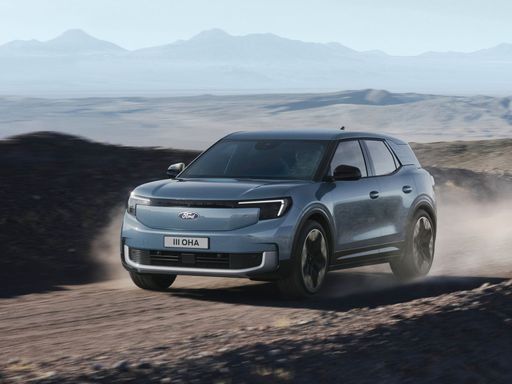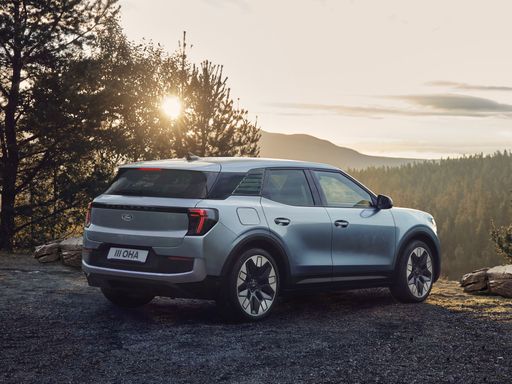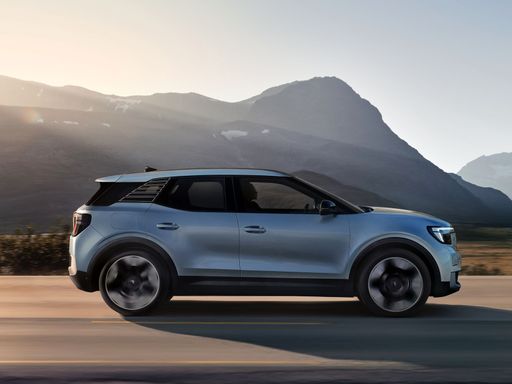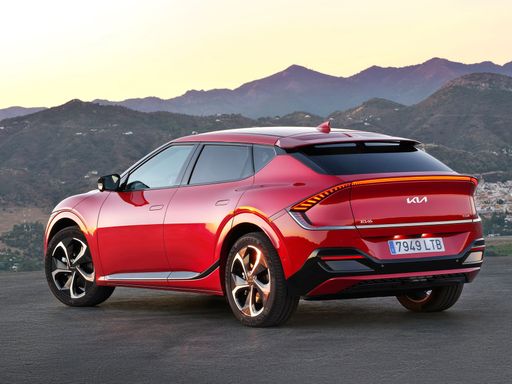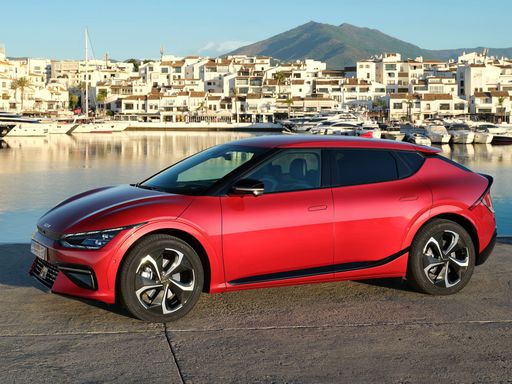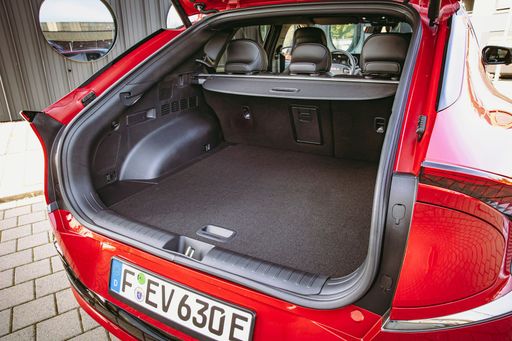Introduction: A Clash of Electric Titans
In the rapidly evolving world of electric vehicles, the competition continues to heat up as brands strive to deliver innovative solutions and remarkable performance. In this article, we pit the Ford Explorer EV against the Kia EV6—two remarkable SUVs that showcase the future of electric mobility. Each vehicle has its unique advantages, and we’ll explore their technical aspects and innovative features to see which SUV reigns supreme.


